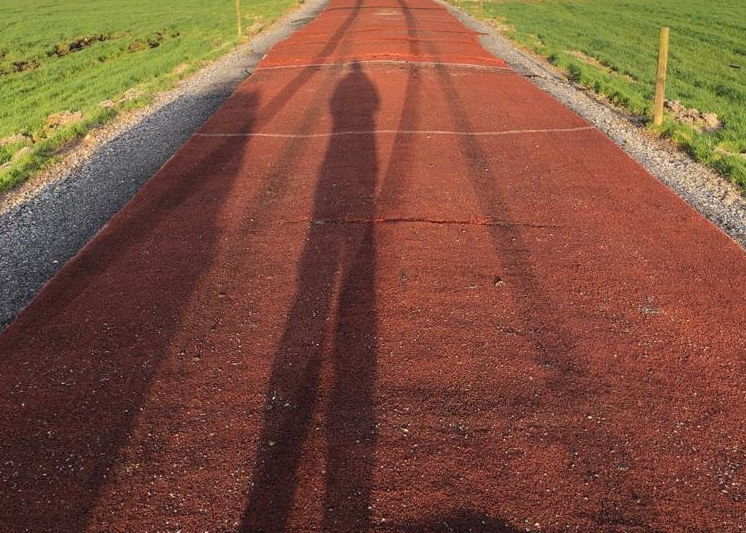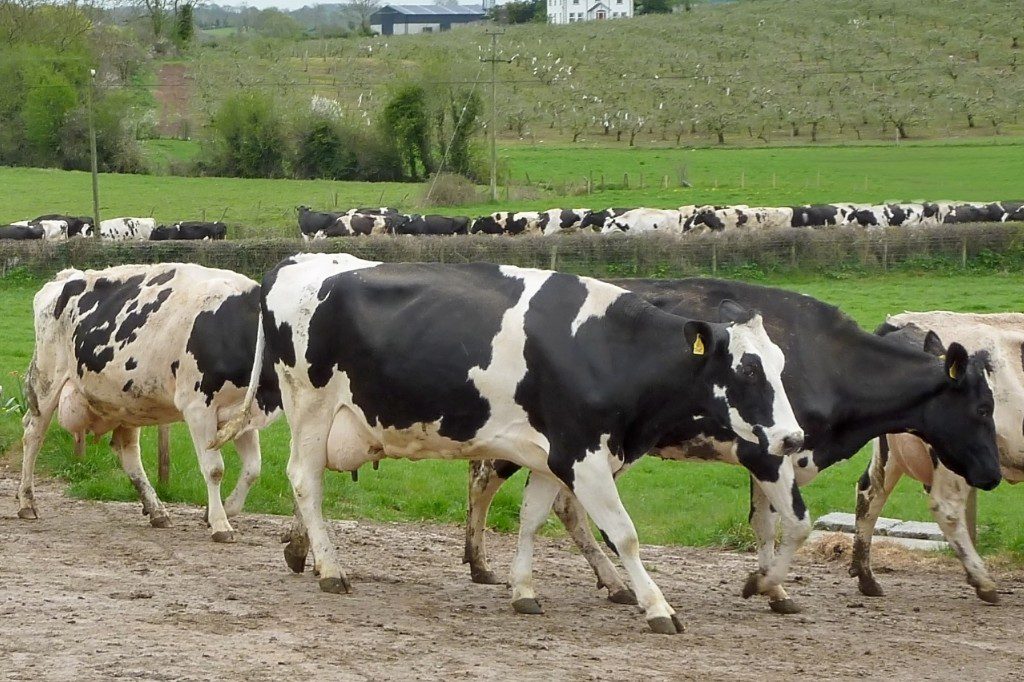As cows calve this spring, it may be a good idea to monitor them for early signs of lameness and get ahead of any potential issues.
Spring-grazing on many farms involves grazing paddocks that are further away or used for silage, and this extra walk can affect your animals’ feet.
Detecting minor issues now should help to prevent them from developing into bigger issues down the line.
Research has shown that one case of lameness can cost a dairy farmer up to €300.
Preventing lameness is the best line of defence, but even that doesn’t mean cases will not happen.
Lameness
Inspect your roadway surfaces to ensure they are still a good surface for cows to walk on.
Damage may have been caused to roadways in recent weeks and repairs may be required.
When cows are on the roadways, they should be allowed to walk at their own pace. Cows walking in a single file may be a signal that there is an issue with the surface.
Where possible, cows should be allowed to return to the paddocks straight after milking, at their own pace. Avoid holding cows in the yard as this may lead to issues with their feet and possibly a rise in somatic cell counts (SCC).
The use of AstroTurf has become popular on farms as way of cushing cows feet when walking on roadways. It may be a option if there is an ongoing issue with your cows’ feet.

Locomotion scoring
A useful tool to detect cows that are showing signs of lameness, but might not yet be clinically lame, is locomotion scoring.
Locomotion scoring is a five-point system based on both gait and posture:
- Normal: The cow is not lame, the back is flat;
- Mildly lame: The back is slightly arched when walking;
- Moderately lame: The back is arched when both standing and walking. The cow walks with short strides in one or more legs;
- Lame: The lame cow can still bear some weight on the affected foot;
- Severely lame: The back is arched, the cow refuses to bear weight on the affected foot and remains recumbent (some observers use a four-point scoring system, referring to normal as zero).
It is important to note that a cow’s hind foot should land in the same place as her front foot; failure to do this may be an indication of a lameness issue.
